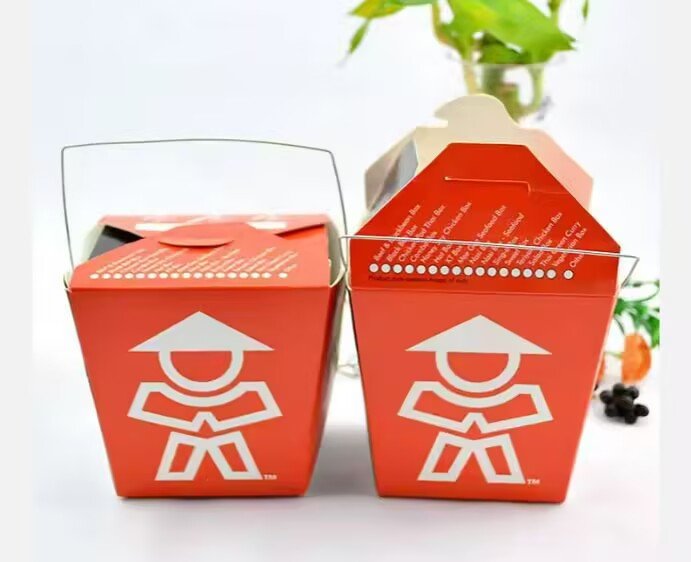The Surprising World of Paper Cups: How They’re Made and Why They Matter(23)
Ganyuan
2025 年 7 月 16 日
When you grab a coffee on the go or sip a cold drink at a party, chances are you’re holding a paper cup. These everyday items are so common that we rarely stop to think about how they’re made or their impact on our lives. But behind every paper cup lies an intricate manufacturing process, sustainability considerations, and even a bit of engineering brilliance. In this post, we’ll explore how paper cups are produced, the materials used, and why they remain a popular choice for businesses and consumers alike.
From Tree to Table: How Paper Cups Are Made?
Paper cups might seem simple, but their production involves multiple steps to ensure durability, safety, and functionality. Here’s a breakdown of the process:
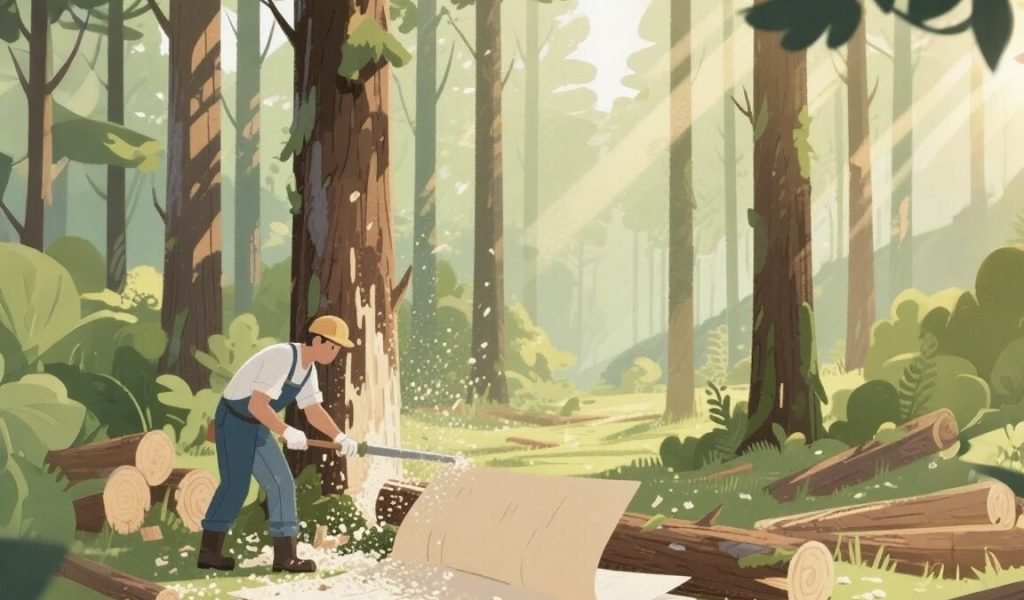
1. Sourcing the Raw Materials
Most paper cups start with wood pulp, it usually comes from sustainably-managed forests. The pulp is processed into thin, flexible paperboard, which forms the base of the cup.
To make the cup liquid-resistant, manufacturers apply a thin layer of polyethylene (PE) or, in more eco-friendly versions, polylactic acid (PLA), a plant-based coating.
2. Printing and Design
Before shaping the cups, the paperboard is printed with designs, logos, or branding. High-quality food-safe inks are used to ensure no harmful chemicals leach into beverages.
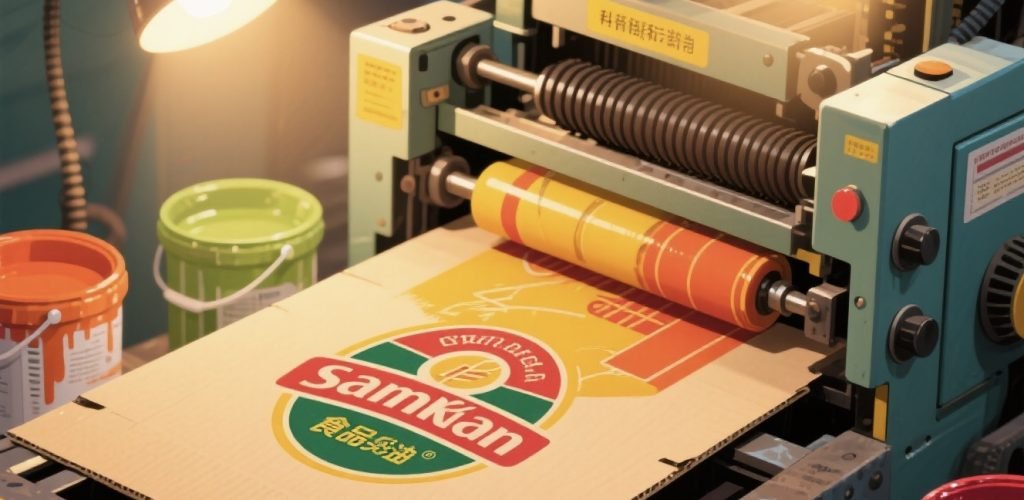
3. Cutting and Forming
The printed paperboard is cut into precise shapes called “blanks.” These blanks are then fed into cup-forming machines, where they’re rolled into a cylindrical shape and sealed with heat.
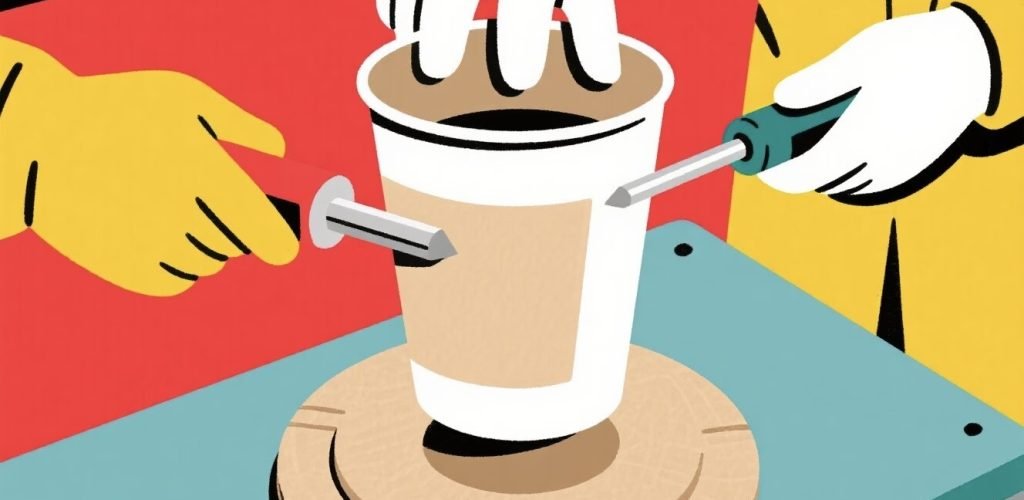
4.Adding the Bottom
A separate disc of coated paperboard is pressed into the base to create a leak-proof seal. This step is crucial—no one wants a coffee disaster!
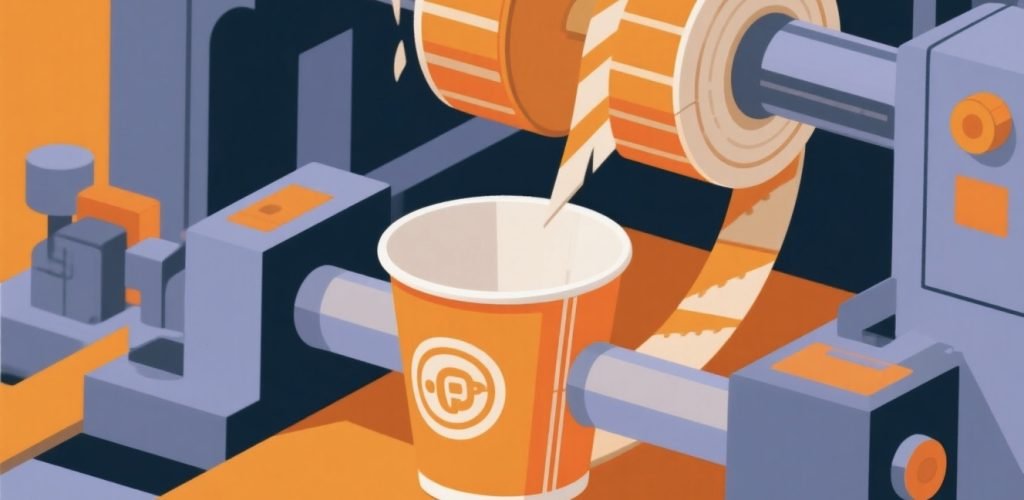
5. Quality Control
Every batch of cups undergoes rigorous testing for leaks, strength, and heat resistance. Cups that don’t meet standards are recycled back into production.
6. Packaging and Distribution
Finally, the cups are stacked, wrapped, and shipped to cafes, offices, and events worldwide.
Why Paper Cups? Benefits and Considerations:
Despite the rise of reusable containers, paper cups remain widely used. Here’s why:
1.Convenience– Lightweight and disposable, they’re perfect for busy lifestyles.
2.Hygienic– Single-use cups reduce cross-contamination risks.
3.Customizable– Businesses can brand them for marketing.
4.Recyclable Options– Many modern paper cups are designed to be recycled or composted.
However, sustainability is a growing concern. Traditional PE-coated cups can be hard to recycle, leading to innovations like PLA linings and improved recycling programs.
Eco-Friendly Alternatives: The Future of Paper Cups
As environmental awareness grows, manufacturers are developing greener solutions:
1.PLA (Plant-Based) Linings – Made from cornstarch, these break down in industrial composters.
2.Recyclable Paper Cups – Some facilities now separate the plastic lining from the paper for recycling.
3.Reusable Cup Programs – Many cafes encourage customers to bring their own cups or offer deposit systems.
Final Thoughts
Paper cups are more than just disposable containers—they’re a blend of engineering, design, and sustainability efforts. Whether you’re a business owner choosing packaging or a consumer curious about everyday products, understanding how they’re made helps us make better choices.
Next time you hold a paper cup, take a moment to appreciate the thought and technology that went into its creation!
Looking for high-quality, customizable paper cups?Explore options that fit your needs—whether for your café, event, or office.
Recent News




